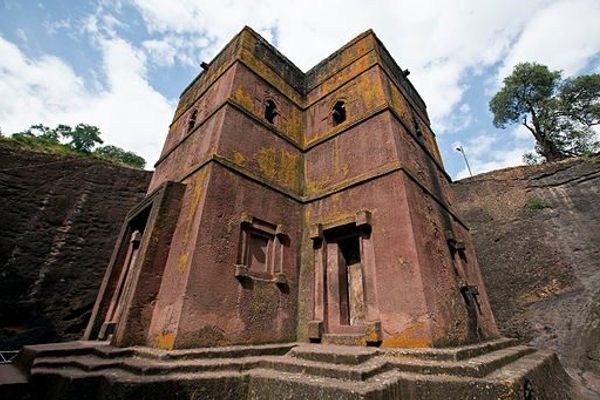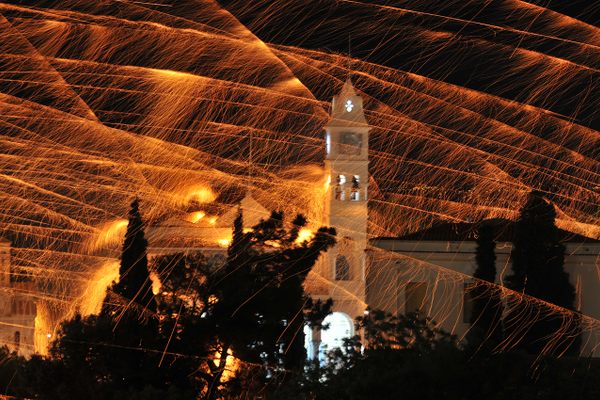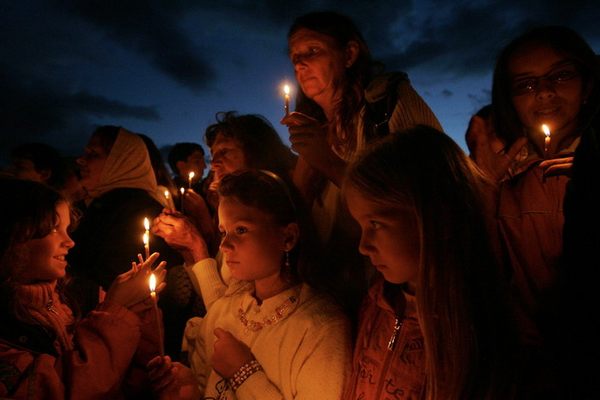Bete Giyorgis of Lalibela
An Ethiopian "Jerusalem" featuring a church hewn out of a single rock.
When young Saint Gebre Mesqel Lalibela was born into the Zagwe Dynasty in Ethiopia, the town of Lalibela was known as Roha. The name Lalibela was given to the young boy when he was surrounded by a swarm of bees soon after birth. His mother believed this was a sign that he would come to rule Ethiopia one day. His name literally means, “the bees recognize his sovereignty.”
Lalibela is best known as the king who ordered the construction of 11 monolithic stone churches found in the town today. Lalibela’s goal was to create a new Ethiopian Jerusalem, and he recreated many biblical scenes, such as the stable, out of carved rock. The Bete Giyorgis is by far the most spectacular of these churches. Carved out of the ground, and shaped from the inside out, it is one, unbroken piece of stone. Bete Giyorgis is connected to the other sunken stone churches through a series of elaborate tunnels.
There are two versions of the church’s history: one says that the church was built after Lalibela’s death (c. 1220) by his widow as a memorial to the “saint-king.” The other claims it was a promise king Lalibela had made to St. George, who had been upset Lalibela had not constructed a church dedicated to him.
The church is cut 40 feet down, its roof forming the shape of a Greek cross. Inside the church, there is a curtain that shields the Holy of Holies and a priest displaying books and paintings to visitors. In the shadow of one of the arms of the cruciform-shaped church is a replica of the Ark of the Covenant. Although an explorer was once allowed to open it, he found it empty. No one was able to tell him what happened to its contents.
The town of Lalibela is completely isolated from the modern world. Without motor vehicles, gas stations, or paved streets, the town goes about its business as it has for hundreds of years. Religious ritual is central to the life of the town: one tenth of its population is devoted to priesthood. Regular processions, extensive fasts, and crowds of singing and dancing priests are also part of the package. The eleven solid rock churches, in the hills not far from the town, make Lalibela one of the holiest places in Ethiopia. Today, the site is considered one of the centers of pilgrimages for Ethiopian Christians. This atmosphere combined with the religious architecture and simplicity of the town’s way of life, gives the city of Lalibela “a distinctively timeless, almost biblical atmosphere.”
Community Contributors
Edited by
The Atlas Obscura Podcast is Back!






























Follow us on Twitter to get the latest on the world's hidden wonders.
Like us on Facebook to get the latest on the world's hidden wonders.
Follow us on Twitter Like us on Facebook